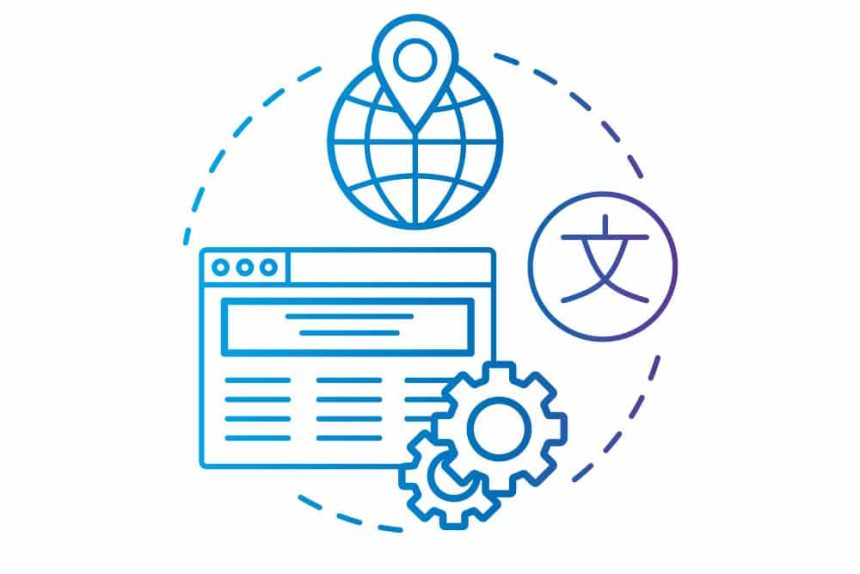How To Streamline Translation Workflows for Websites and Apps
Translating website and app content is challenging. Streamlining workflows and automating translation tasks improve communication and boost productivity.
Join the DZone community and get the full member experience.
Join For FreeIn this fast-paced globalized world, effective communication with everybody is essential. This often requires working in multiple languages, which means that translation is now a vital part of many teams and companies.
A translation management system is a highly effective solution designed to help developers and project teams streamline their translation workflow and enhance communication.
A translation management system, or TMS as it is often abbreviated, is a unique software that helps to manage your translation process from start to finish.
No matter the sector or industry that you work in, this software helps to automate the process and simplify your workflow by allowing you to translate your content more efficiently and at a more affordable price, saving you time, effort, and money.
What Are the Challenges of Multilingual Content?
Over the last decade, there can be no denying that technology has transformed the world we live in.
Businesses are now able to connect across the globe in an instant, which is helping to build stronger connections and working practices.
However, while this ability to connect fosters an environment for collaboration, it does bring with it a number of challenges.
- The first is the simple ability to communicate successfully across different languages. Effective translation services can help to overcome these issues and smooth communication, but this process also faces a range of problems; for example, certain words will have different connotations in different languages.
- Another major challenge is the ability to translate certain idioms and meanings across different cultures so that every stakeholder understands what is happening.
How Can a TMS Help?
Incorporating a translation management system into your team can help to transform how you operate. This powerful tool is able to support your development process.
There are many more benefits to utilizing a TMS, including:
Creates a Centralized Translation Management
If you are looking to enhance your communications during multilingual application development, then the biggest advantages would be as follows:
Having a centralized translation management solution ensures consistency and helps to speed up the development process.
It Decreases the Pressure and Time for Your Developers
A recent in-depth study by independent market research firm Common Sense Advisory (CSA) found that businesses that did implement and invest in a TMS were able to reduce their translation costs by an incredible 30%.
However, it is not just about the money being saved. These powerful workflows were also able to help those companies reduce turnaround times by up to 50% in some cases, while consistency levels were bolstered to 70%.
Let's say you create a website or application that supports multiple languages. As a developer, you can work on new features while your colleagues continue translating content. In our development team we have reduced the number of Meetings by 50% with a TMS. - Andre Zuber
What Features Will Be Interesting for Developers and Other Teammates?
Automated Workflows
It can help you to automate your workflows. Localization and translation can be a very time-consuming process and often involves a lot of manual and repetitive tasks for developers.
Whether automatically importing and exporting resource files to translating and publishing content, a TMS is able to automate the process, helping you to maximize your efficiency.
Translation Memory
A translation management system is also very beneficial as it allows you to utilize translation memory. This is a very effective way of speeding up your translation process and ensuring complete consistency across your entire workload.
As the name suggests, translation memory is a form of remembering key sentences, phrases, paragraphs, and text segments that you have used before. This innovative database is continuously operating in the background as you work, helping to provide suggestions as you translate. Alongside helping to improve translation speed and consistency, translation memory can also help you to reduce translation costs.
Improved Scalability
The use of a translation management system is very effective for businesses that are facing rapid growth. As it transforms your translation processes and makes it significantly easier to manage multiple languages and content types, it opens up doors into new markets and can be scaled with you as you grow.
Greater Quality Control
Finally, utilizing a translation management system will help your team to enjoy greater quality control checks. These systems are packed with an array of features designed to help support you every step of the journey, ensuring consistency and accuracy at every stage and serving to guarantee all of your content meets your required standards.
Final Thoughts
What about you? Have you ever struggled with translations in your application code like I have? Would you then consider putting in place a translation management system?
I recommend looking into this open-source framework for different frameworks.
Your team will be able to streamline your translation workload if you try a TMS system! Do it for yourself!
Opinions expressed by DZone contributors are their own.


Comments